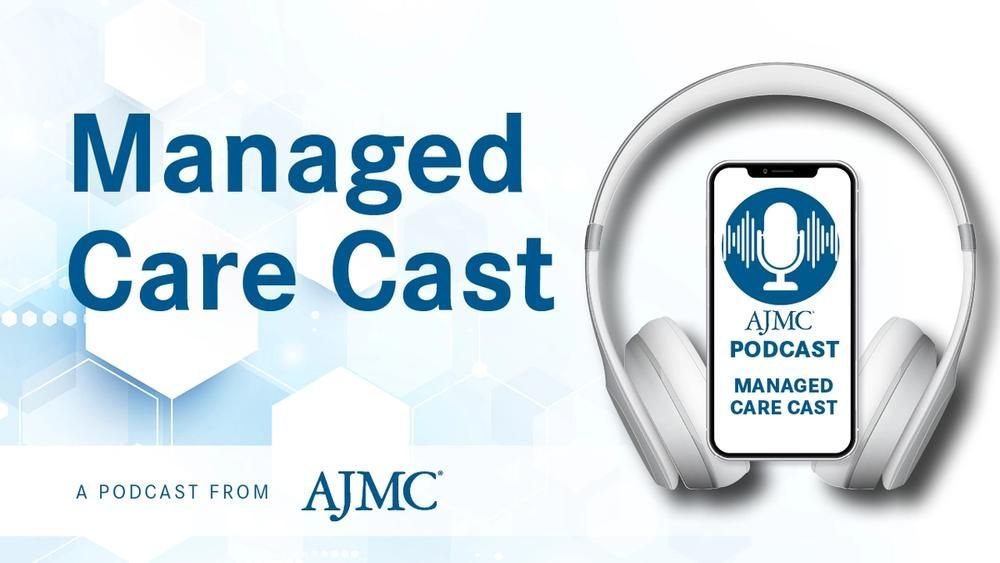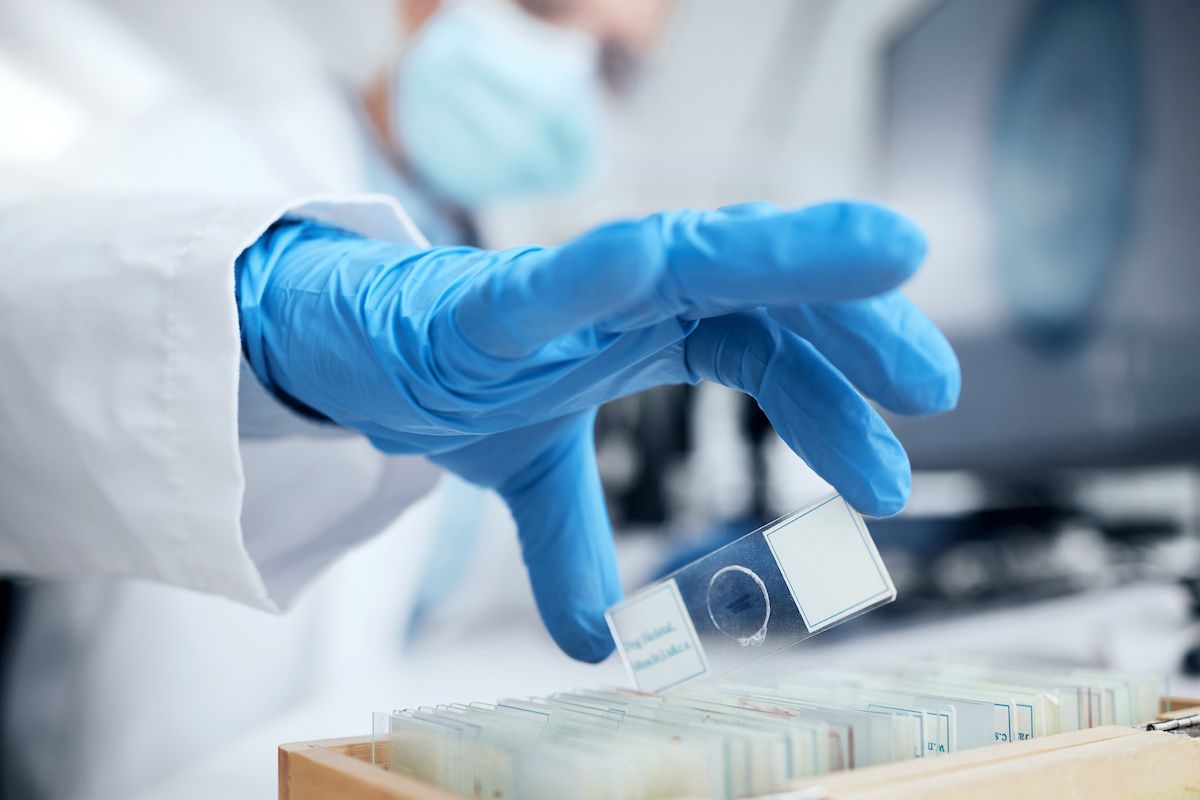Commentary
Video
CARTITUDE-1 Trial Shows Unprecedented 5-Year Remission in Relapsed/Refractory Multiple Myeloma: Sundar Jagganath, MBBS
Sundar Jagannath, MBBS, highlights long-term follow-up data from the phase 1b/2 CARTITUDE-1 trial, showing durable responses and potential cures with ciltacabtagene autoleucel in patients with relapsed/refractory multiple myeloma.
In an interview today at the European Hematology Association Congress in Milan, Italy, Sundar Jagannath, MBBS, professor of medicine at the Icahn School of Medicine at Mount Sinai and investigator for the phase 1b/2 CARTITUDE-1 trial (NCT03548207), reviews key findings from the study that led to the approval of ciltacabtagene autoleucel (cilta-cel) for adult patients with relapsed or refractory multiple myeloma.
He also shares results from a new abstract he led and presented at the meeting on Thursday, titled “Long-Term (≥5 Year) Remission and Survival After Treatment With Ciltacabtagene Autoleucel in CARTITUDE-1 Patients With Relapsed/Refractory Multiple Myeloma,” which builds upon the original trial’s findings.
This transcript was lightly edited; captions were auto-generated.
Transcript
Could you briefly summarize the initial CARTITUDE-1 results and explain their significance for patients with relapsed/refractory multiple myeloma?
CARTITUDE-1 was a phase 1b/2 trial, which was initiated in 2018. The patients who were eligible for this clinical trial had to be triple-class exposed. That is, they should have already been exposed to [an] immunomodulatory molecule, [a] proteasome inhibitor, and an anti-CD38 monoclonal antibody. Subsequently, the patient should have had 3 or more prior lines of therapy and should be progressing on the last line of therapy by IMWG [International Myeloma Working Group] criteria. Or they could also be double refractory: refractory to the proteasome inhibitor and immunomodulatory molecule.
Generally, these patients [had] good performance tests. This was an unmet medical need at the time when this CARTITUDE-1 clinical trial was initiated for the approval of cilta-cel. Now, we do know that cilta-cel has been approved based on the results of CARTITUDE-1, and these results have already been previously reported.
At the end of the CARTITUDE-1 trial, it was reported, with a median follow-up of 33 months, the median progression-free survival [PFS] was 34.9 months, and the median overall survival was not reached. This was unprecedented at the time these results came out, and that's why [the] FDA, EMA [European Medicines Agency], and all regulatory authorities approved cilta-cel for relapsed and refractory myeloma [worldwide].
Now, why is it unprecedented? At the same time, there was a study conducted called the LocoMMotion trial (NCT04035226), which was a noninterventional, observational trial in patients who had similar eligibility criteria as CARTITUDE-1, but they were treated by [the] standard of care.
What was the result of LocoMMotion? It showed that the median PFS was less than 6 months, and the median overall survival was only 1 year. When we reported the CARTITUDE-1 results, it was very good.
What new insights does your abstract, "Long-Term (≥ 5 Year) Remission and Survival After Treatment With Ciltacabtagene Autoleucel in CARTITUDE-1 Patients With Relapsed/Refractory Multiple Myeloma," provide?
This is the first time we are reporting long-term follow-up [data] with a median of 5 years. What we noticed was one-third of patients, 32 patients out of the 97 patients who got cilta-cell, are still alive and progression-free. Moreover, after a median follow-up of over 60 months, the median progression-free survival was 5 years. These are unprecedented results. This is the first time ever somebody [is] presenting 5-year follow-up results in relapse and refractory myeloma who have been triple-class exposed.
We [also] studied 12 patients in [a] single center who were progression-free. These patients underwent serial annual bone marrow biopsy with MRD [minimal residual disease] testing, as well as PET-CT imaging. What was remarkable was [that] all 12 patients were MRD-negative to the 10-5.
Actually, 11 out of the 12 patients were MRD-negative at 10-6 by next-gen sequencing, and 1 patient was MRD-negative by next-gen flow cytometry at 10-5. Now, these 12 patients were MRD-negative and PET-CT negative every year for 5 years and beyond. These patients are considered cured, or potentially cured.
We know people are working hard to cure myeloma in [patients with] newly diagnosed myeloma. Bart Barlogie [Bart Barlogie, MD, Icahn] spent his entire career trying to cure myeloma with total therapy in [patients with] newly diagnosed myeloma.
But what is remarkable is, we are showing that we were able to cure patients at the later stage of the disease, [from] hospice to a cure. This is unprecedented, and that is why it is getting all the attention it deserves.
Newsletter
Stay ahead of policy, cost, and value—subscribe to AJMC for expert insights at the intersection of clinical care and health economics.




